Use of a LHFB Device for Testing Mode III in a Composite Laminate
Abstract
:1. Introduction
2. Experimental Procedure
3. Results
- P: applied load
- E: Young’s modulus
- G′: Shear modulus
- Iz: moment of inertia
- L: length of the specimen
- b: width of the specimen
- h: thickness of the specimen.
- N0: threshold value or limit number of cycles
- G0: limit value of the ERR (Energy Release Rate)
- β: shape parameter of the Weibull distribution
- λ: the Weibull location parameter determining the position of the limit curve associated with the zero probability of failure
- δ: scale parameter.
4. Fractography
5. Conclusions
Author Contributions
Funding
Conflicts of Interest
References
- Hashemi, S.; Kinloch, A.J.; Williams, J.G. The effects of geometry, rate and temperature on the mode I, mode II and mixed mode I/II interlaminar fracture of carbon-fibre/poly (ether-ether ketone) composites. J. Compos. Mater. 1990, 24, 918–956. [Google Scholar] [CrossRef]
- Brunner, A.J. Experimental aspects of mode I and mode II fracture toughness testing of fibre reinforced polymer-matrix composites. Comput. Meth. Appl. Mech. Eng. 2000, 185, 161–172. [Google Scholar] [CrossRef]
- Hojo, M.; Ando, T.; Tanaka, M.; Adachi, T.; Ochiai, S.; Endo, Y. Modes I and II interlaminar fracture toughness and fatigue delamination of CF/epoxy laminates with self-same epoxy interleaf. Int. J. Fatigue 2006, 28, 1154–1165. [Google Scholar] [CrossRef]
- Bonhomme, J.; Viña, J.; Argüelles, A.; Viña, I.; Mollón, V. Influence of the matrix toughness in carbon-epoxy composites subjected to delamination under modes I, II and mixed I/II. Mech. Adv. Mater. Struc. 2013, 20, 679–686. [Google Scholar] [CrossRef]
- Meeuw, H.; Körbelin, J.; Wisniewski, V.K.; Nia, A.S.; Vázquez, A.R.; Lohe, M.R.; Feng, X.; Fiedler, B. Carbon nanoparticles impact on processability and physical properties of epoxy resins. A comprehensive study covering rheological, electrical, thermos-mechanical and fracture properties (mode I and II). Polymers 2019, 11, 231. [Google Scholar] [CrossRef] [PubMed]
- Liao, W.C.; Sun, C.Y. The determination of mode III fracture toughness in thick composite laminates. Compos. Sci. Technol. 1996, 56, 489–499. [Google Scholar] [CrossRef]
- Li, J.; Wang, Y. Analysis of a symmetric laminate with mid-plane free edge delamination under torsion: Theory and application to the edge crack torsion (ECT) specimen form mode III toughness characterization. Eng. Fract. Mech. 1994, 49, 179–194. [Google Scholar]
- Zhao, D.; Wang, Y. Mode III fracture behavior of laminated composite with edge crack in torsion. Theor. Appl. Fract. Mech. 1998, 29, 109–123. [Google Scholar] [CrossRef]
- Suemasu, H. An experimental method to measure the mode III interlaminar fracture toughness of composite laminates. Compos. Sci. Technol. 1999, 59, 1015–1021. [Google Scholar] [CrossRef]
- Ratcliffe, J.G. Characterization of the edge crack torsion (ECT) test for mode III fracture toughness measurement of laminated composites. In NASA Technical Memorandum; NTRS: chicago, IL, USA, 2004; NASA/TM-2004-213269. [Google Scholar]
- Oginara, S.; Matsuda, K. Evaluation of mode III interlaminar fracture toughness of laminated composites. In Proceedings of the 16th International Conference on Composite Materials, Kyoto, Japan, 8–13 July 2007. [Google Scholar]
- Fan, J.; Lee, Y.Y.; Leung, A.Y.T. Analysis of mode III elastodynamic cracked plane using the fractal two-level finite element method. Mech. Adv. Mater. Struc. 2011, 18, 602–610. [Google Scholar] [CrossRef]
- Pennas, D.; Cantwell, W.J.; Compston, P. The influence of strain rate on the mode III interlaminar fracture of composite materials. J. Compos. Mater. 2007, 41, 2595–2614. [Google Scholar] [CrossRef]
- Morais, A.B.; Pereira, A.B.; de Moura, M.F.S.F.; Magalhaes, A.G. Mode III interlaminar fracture of carbon/epoxy laminates using the edge crack torsion (ECT) test. Compos. Sci. Technol. 2009, 69, 670–676. [Google Scholar] [CrossRef] [Green Version]
- de Moura, M.; Fernández, M.; de Morais, A.; Campillo, R. Numerical analysis of the edge crack torsion test for mode III interlaminar fracture of composite laminates. Eng. Fract. Mech. 2009, 76, 469–478. [Google Scholar] [CrossRef]
- Marat-Mendes, R.M.; Freitas, M.M. Characterization of the edge crack torsion (ECT) test for the measurement of the mode III interlaminar fracture toughness. Eng. Fract. Mech. 2009, 76, 2799–2809. [Google Scholar] [CrossRef]
- López-Menéndez, A.; Viña, J.; Argüelles, A.; Rubiera, S. A new method for testing composite materials under mode III fracture. J. Compos. Mater. 2016, 50, 3973–3980. [Google Scholar]
- López-Menéndez, A.; Viña, J.; Argüelles, A.; Viña, I.; Rubiera, S. Analysis of mode III interlaminar fracture toughness of laminated composites using a novel testing device. Eng. Fract. Mech. 2017, 173, 55–63. [Google Scholar] [CrossRef]
- Castillo, E.; Canteli, A.F. A general regression model for lifetime evaluation and prediction. Int. J. Fatigue 2001, 107, 117–137. [Google Scholar]
- Argüelles, A.; Coronado, P.; Canteli, A.F.; Viña, J.; Bonhomme, J. Using a statistical model for the analysis of the influence of the type of matrix carbon-epoxy composites on the fatigue delamination under modes I and II of fracture. Int. J. Fatigue 2013, 56, 54–59. [Google Scholar] [CrossRef]
- López-Menéndez, A.; Viña, J.; Argüelles, A.; Lozano, M. Validation of the longitudinal half fixed beam method for characterizing mode III delamination of composite materials. Compos. Struct. 2016, 147, 74–81. [Google Scholar] [CrossRef]
- Li, X.; Carlsson, A.; Davies, P. Influence of fiber volume fraction on mode III interlaminar fracture toughness of glass/epoxy composites. Compos. Sci. Technol. 2004, 69, 1279–1286. [Google Scholar] [CrossRef]
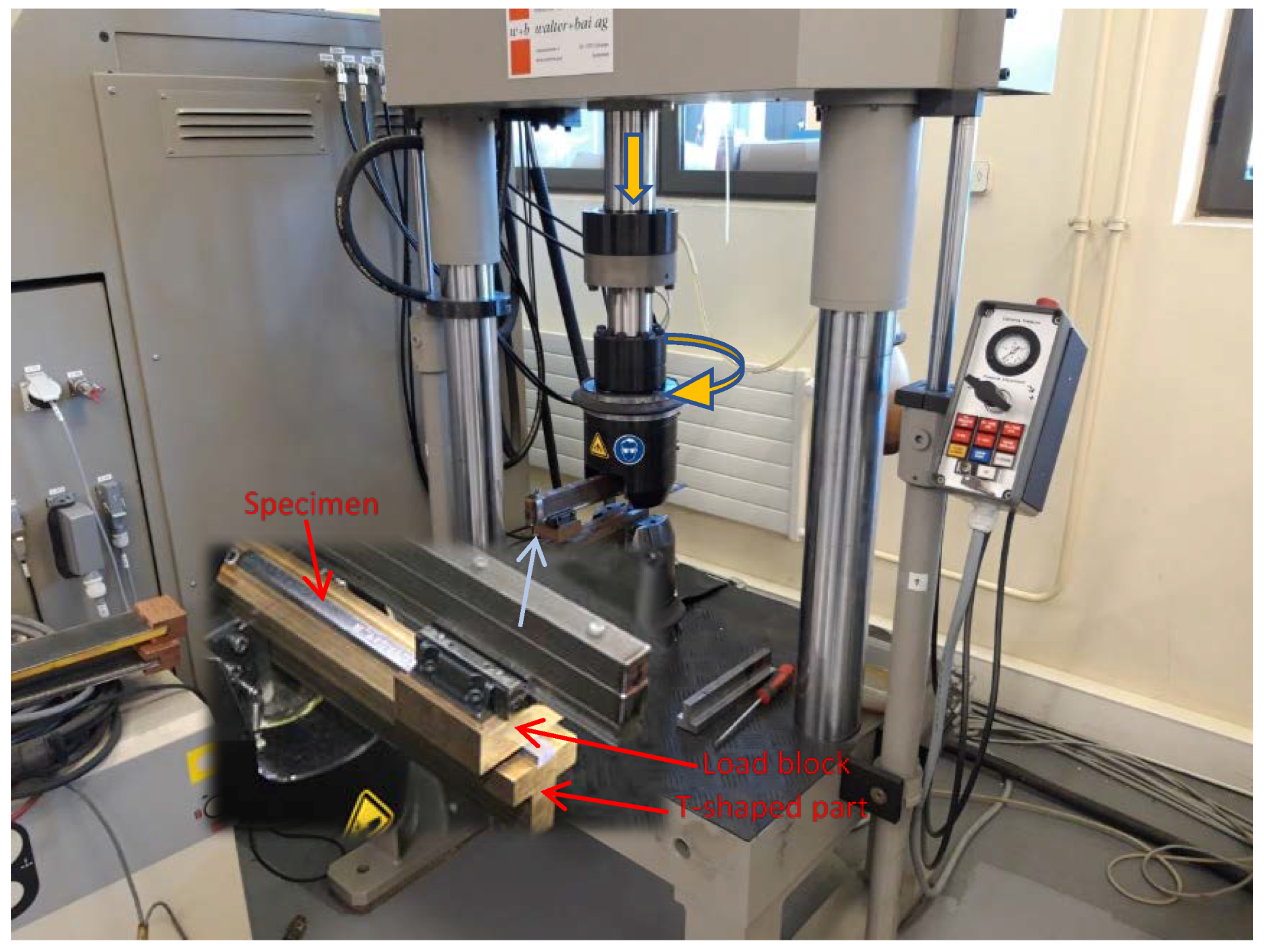
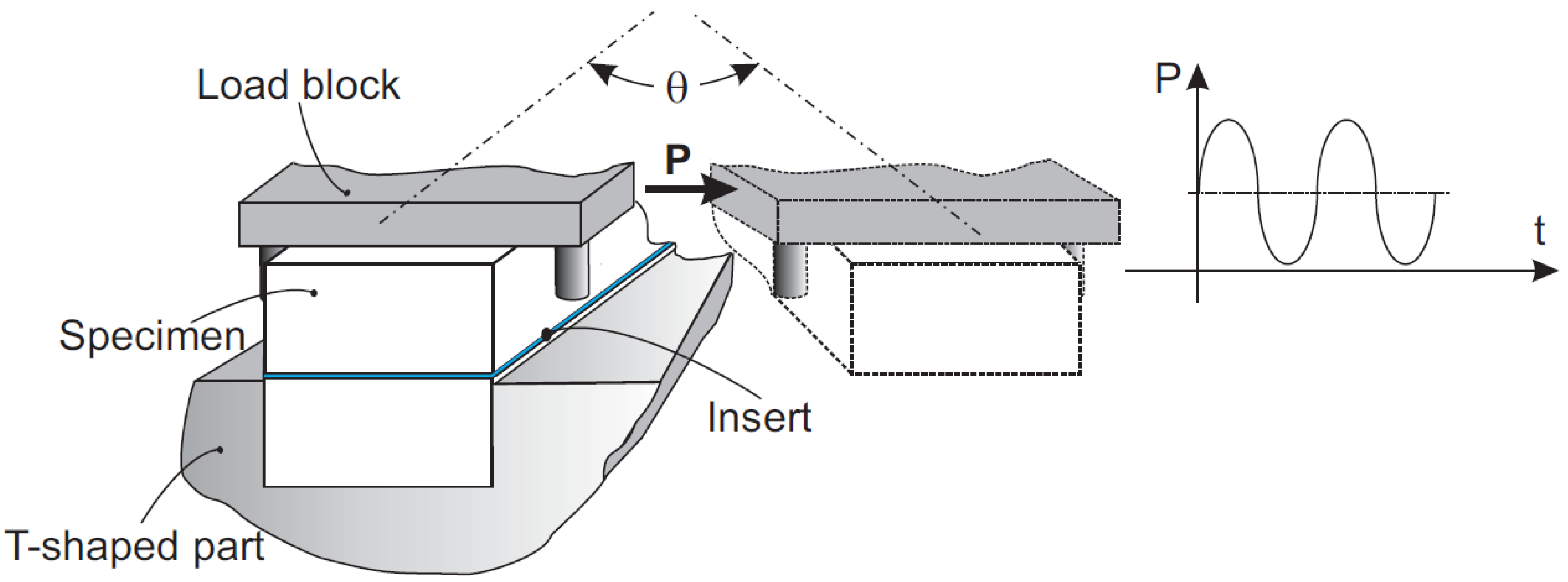
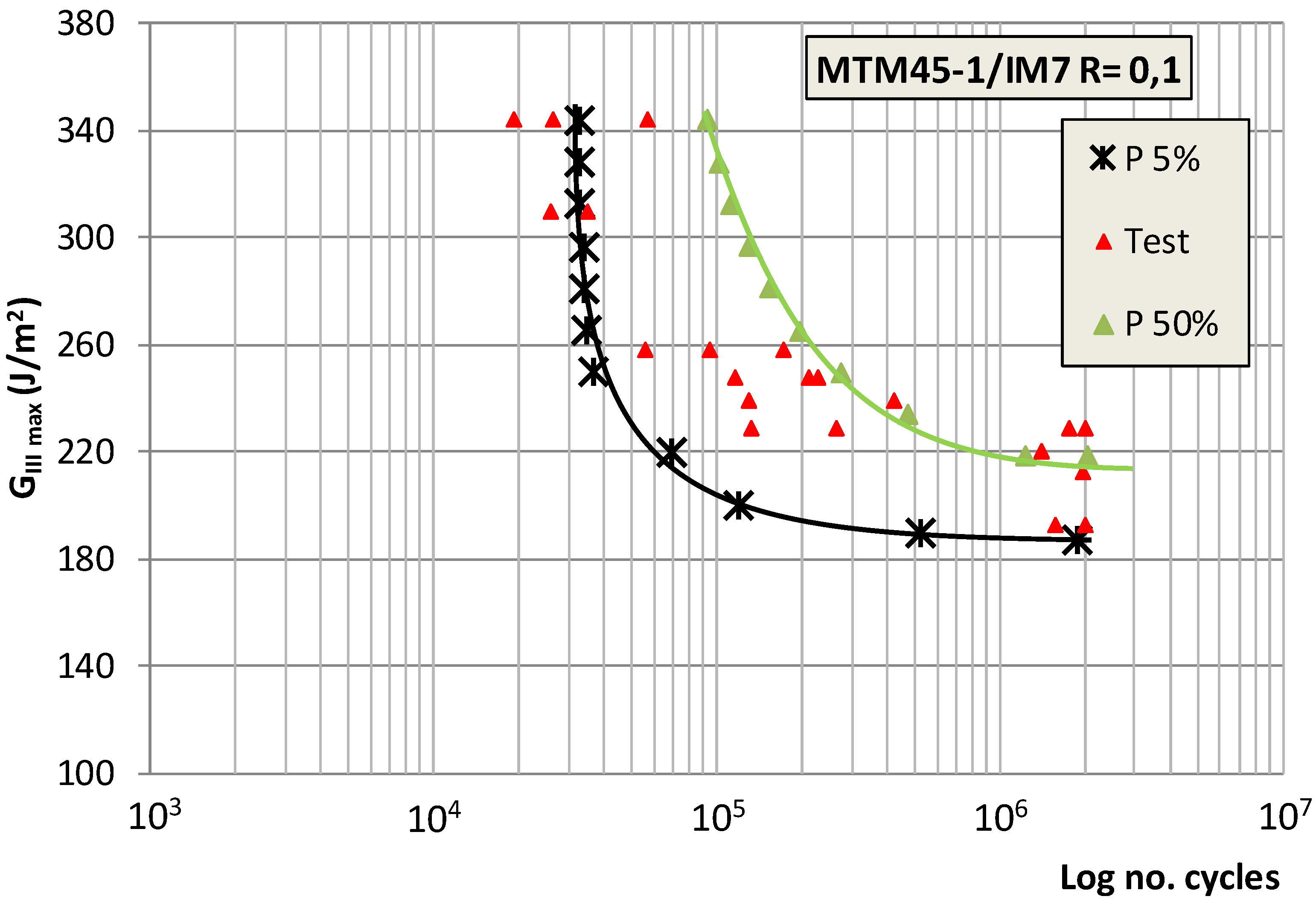
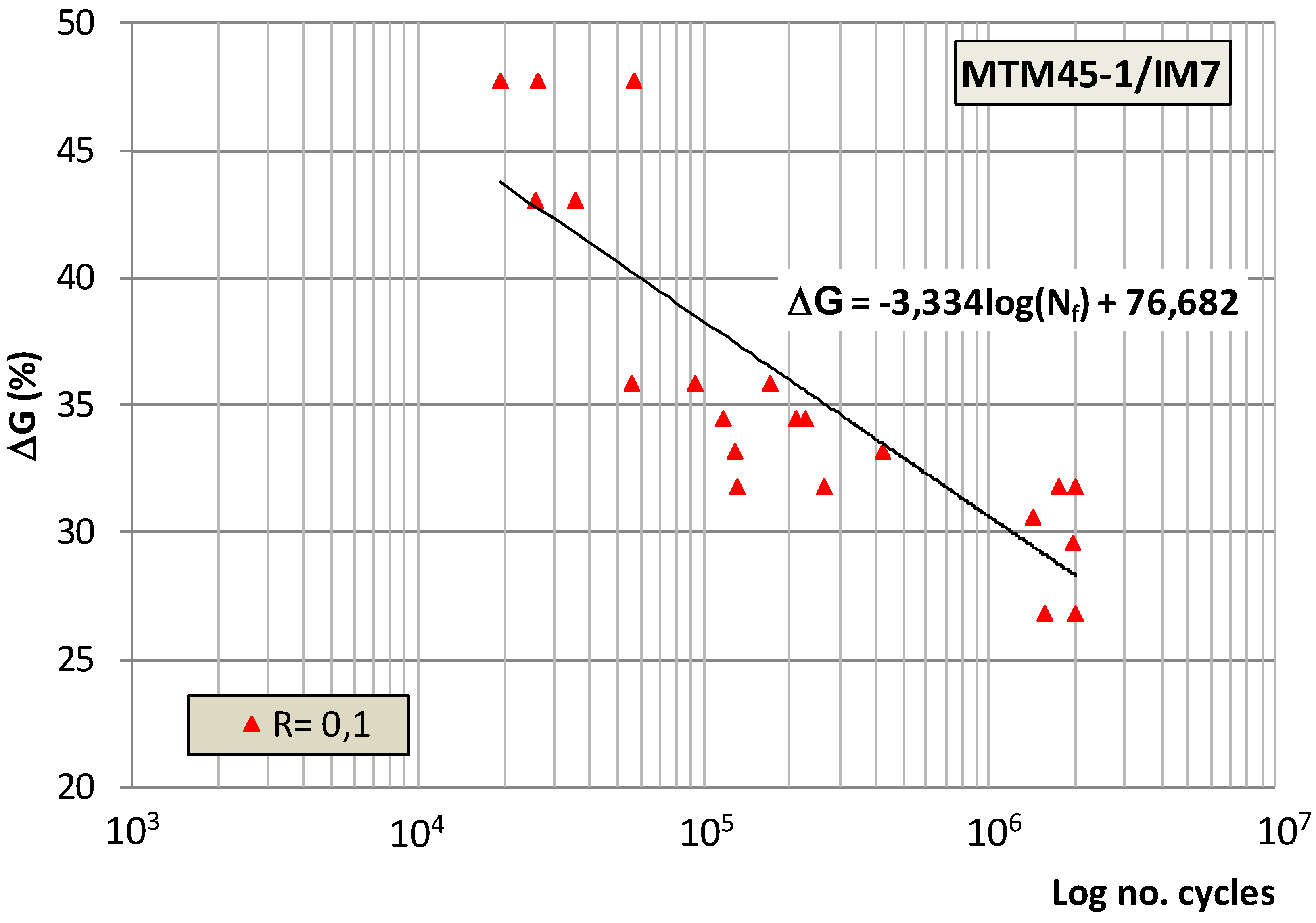

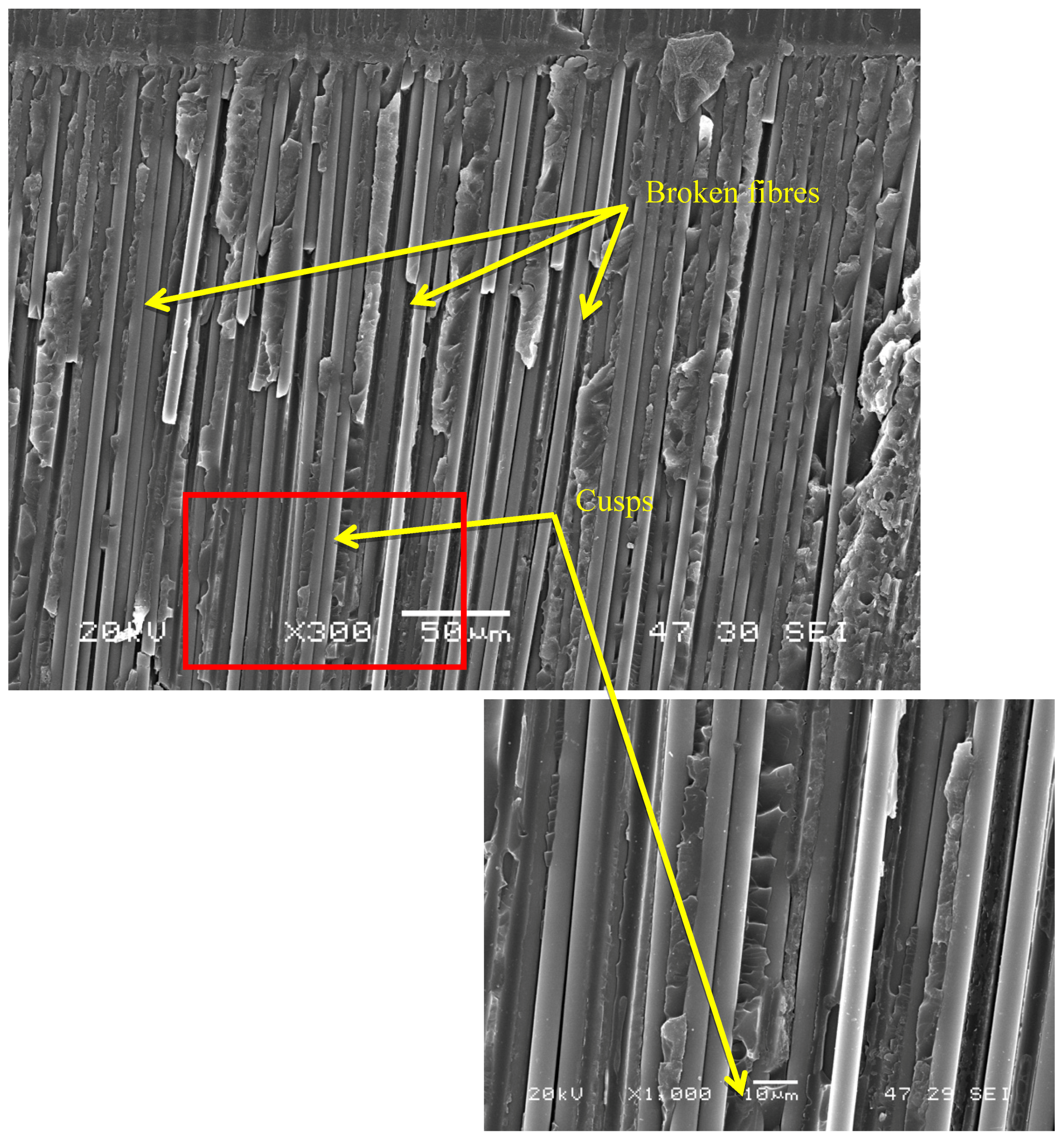
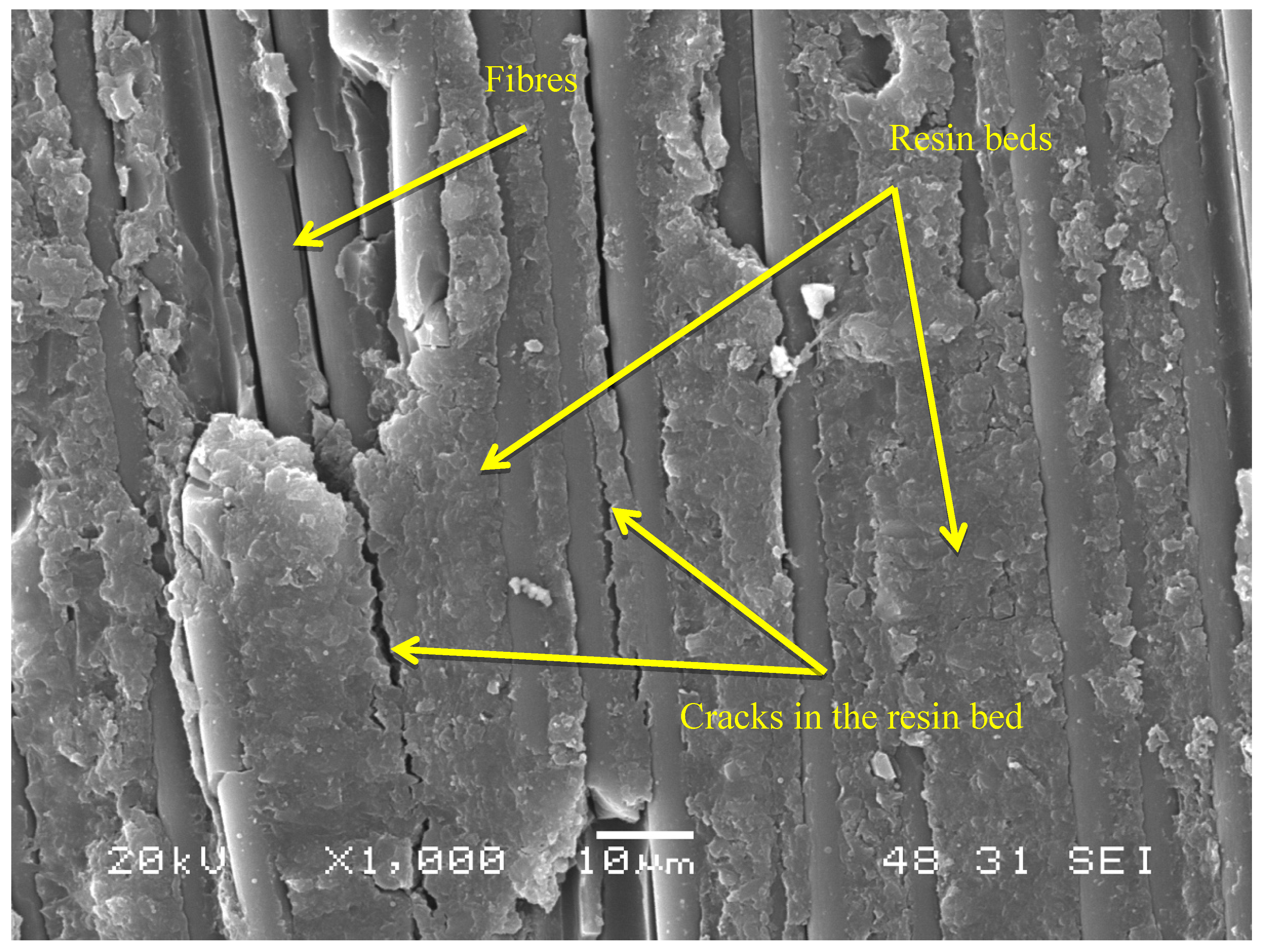
© 2019 by the authors. Licensee MDPI, Basel, Switzerland. This article is an open access article distributed under the terms and conditions of the Creative Commons Attribution (CC BY) license (http://creativecommons.org/licenses/by/4.0/).
Share and Cite
Bertorello, C.; Argüelles, A.; Mollón, V.; Bonhomme, J.; Viña, I.; Viña, J. Use of a LHFB Device for Testing Mode III in a Composite Laminate. Polymers 2019, 11, 1243. https://doi.org/10.3390/polym11081243
Bertorello C, Argüelles A, Mollón V, Bonhomme J, Viña I, Viña J. Use of a LHFB Device for Testing Mode III in a Composite Laminate. Polymers. 2019; 11(8):1243. https://doi.org/10.3390/polym11081243
Chicago/Turabian StyleBertorello, Carlos, Antonio Argüelles, Victoria Mollón, Jorge Bonhomme, Isabel Viña, and Jaime Viña. 2019. "Use of a LHFB Device for Testing Mode III in a Composite Laminate" Polymers 11, no. 8: 1243. https://doi.org/10.3390/polym11081243




